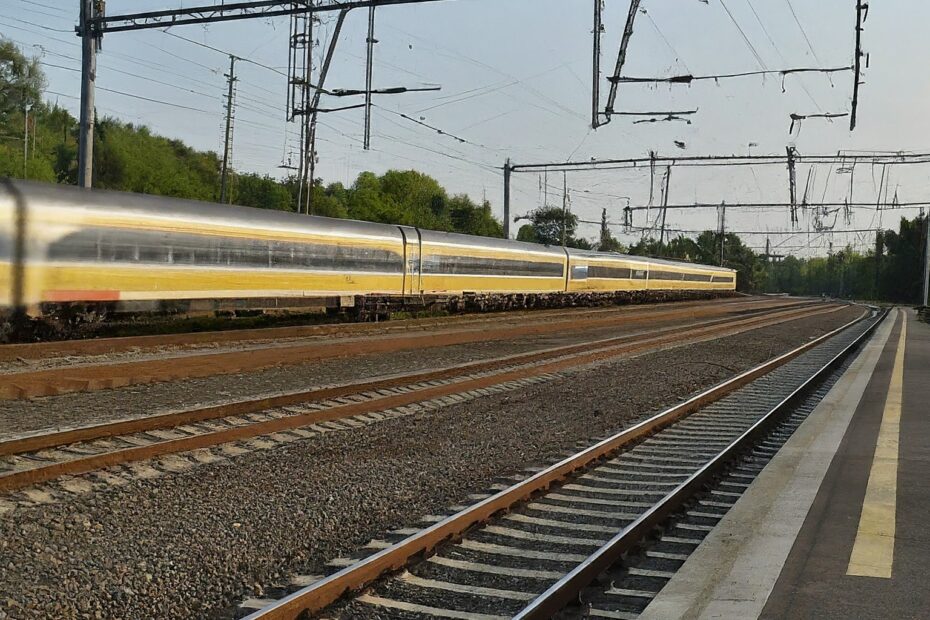In India, lakhs of people travel by train every day. They navigate one of the largest and most complex railway networks in the world. The process of “charting” is a crucial part of this system. You may have heard terms such as “Chart Prepared”, “Chart Not Prepared” and “Chart Not Prepared,” if you’ve ever travelled on Indian Railways.
What is charting in Indian Railways?
Indian Railways uses charting to allocate vacant seats in various quotas into the General or Tatkal quota. This involves assembling a list, verifying reservations and assigning seat numbers. This process is vital for managing seating arrangements efficiently and ensuring that vacant seats are used effectively.
Chart Preparation Process
The process of chart preparation follows a set of rules and a timeline.
- First Chart Preparation
- This chart includes all railway reservations made up to that point, including confirmed, RAC (Reservation Against Cancellation) and waiting list statuses. This chart shows all reservations up to this point. It includes confirmed RAC status (Reservation Against Cancellation) and a waiting list.
- The chart for trains scheduled to leave early in the morning is usually prepared the night prior.
- Second Chart –
- These seats become available to book if there are still any empty seats after the first chart has been prepared. These seats can be booked online or in the station by passengers.
- The final chart will be prepared 30 minutes prior to the departure time of the train. This chart contains the latest information on seat allocations and any cancellations or last-minute bookings.
- Seat Allocation & Upgrade –
- Some tickets on the waiting list may be confirmed in the final chart. According to their reservation status, passengers are assigned coach and berth numbers.
- e-tickets on the waiting list are automatically cancelled,and the passengers receive a refund according to the cancellation policy.
- It is interesting to note that some passengers can be upgraded at no additional cost to a higher travel class if seats are available in the upper classes. This upgrade is done to maximize the use of space.
Benefits of Charting in Indian Railways
Charting is important for various reasons.
- Efficient seat utilization – Indian Railways maximizes revenue by reallocating empty seats from different quotas into the General/Tatkal quota. This allows passengers more chances to get a seat.
- Convenience for Passengers – By finalizing the chart near departure, you can accommodate any last-minute changes and provide a clear seating plan to passengers.
- Operational management – The systematic creation of charts assists railway staff in managing boarding and ensuring that all passengers are validly booked. It also helps them to address any discrepancies quickly.
Last Minute Tips for Passengers
- Check your Status – Before departing, do the PNR Enquiry to find out your coach and berth details. IRCTC and other websites provide live updates of your booking status.
- Be Ready for Upgrades. You might receive an upgrade from time to time. Be prepared to accept the upgrade and have fun!
- Know the Cancellation Policy – Fully confirmed tickets are not refundable after the final chart has been prepared. Plan in advance to avoid inconvenience.
- Tatkal Tickets – Tatkal tickets are available for last-minute travel plans one day before departure. They are available online and at the stations, but they’re subject to availability.
Understanding Indian Railways’ charting process can improve your travel experience. This will help you to be well-prepared for your trip, understand what to expect in terms of seat allocation and make informed decisions regarding bookings and cancellations. The charting process is crucial to the smooth running of one of the busiest rail networks in the world. It helps manage seat allocations, and makes the most of available space. The next time you hear the words “Chart Prepared”, “Chart Not Prepared”, you will know what they mean and how this impacts your travel plans.
